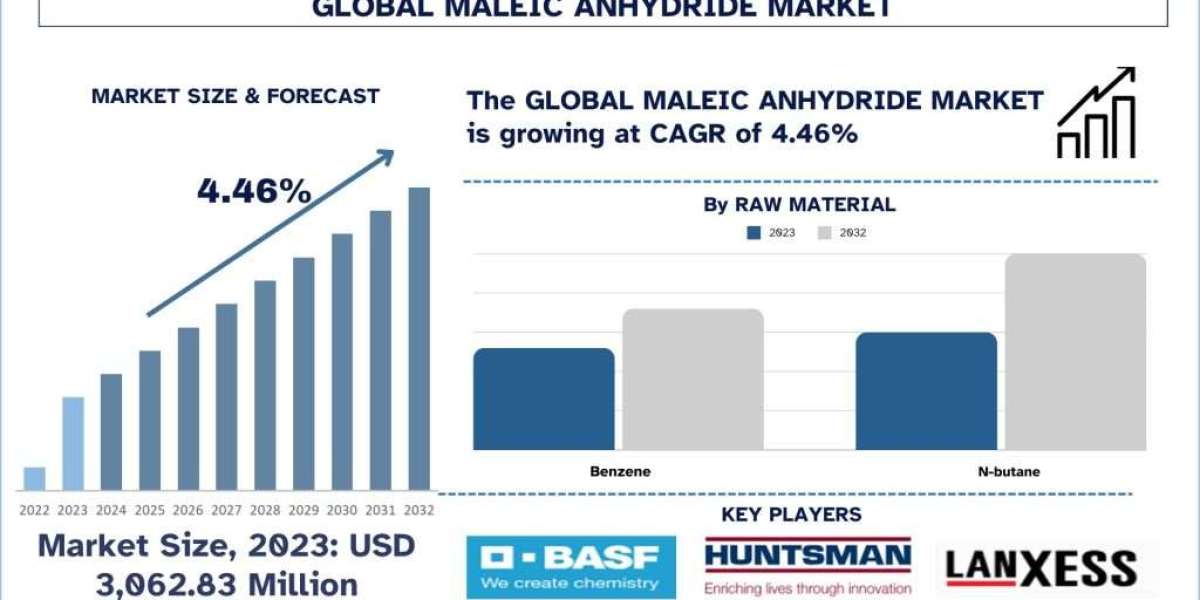Simulation is the process of creating a model, which is an abstract representation of a proposed or existing system, to understand and identify various factors that control the system or predict the systems' behaviors under different circumstances. Simulation software is increasingly being used to model system operations, processes, and product design, enabling different user types to study relationships between processes and systems.
Global Simulation Software Industry Overview
The global Simulation Software Market generated revenue of $9,601.8 million in 2020 and is expected to reach $20,276.7 million by 2025 at a CAGR of 15.3%. Increasing demand for effective solutions to reduce production and training costs and increasing capabilities of simulation software toward advanced technologies such as AR/VR, digital twins, and 3D printing are fueling the growth of the simulation software market.
Market Segmentation
Global Simulation Software Market by End User
The design engineer category held the major share in the global simulation software market in 2020. Design engineers are responsible for defining the product to meet target requirements, including performance and cost of products. They use simulation software design-to-cost/design-for-manufacturing (DTC/DFM) insights to achieve target product cost and ease of manufacture. High usage of these software in designing products is a major factor resulting in the domination of this category in the market.
Global Simulation Software Market by Organization Size
A large organization with revenue in the range of $1-$5 billion is the dominant category in the market. A large number of companies in this category, coupled with high research and development (RD) investment and high information technology (IT) budget, is the major factor driving the growth of this category. However, micro and very small companies are expected to be the fastest-growing category during the forecast period, growing at a CAGR of 17.1 and 16.5%, respectively.
Global Simulation Software Market by Industry Vertical
Industrial equipment is the most dominant vertical for the adoption of simulation software, holding a 35.4% share in 2020. Many companies in the industrial equipment sector, high cost of goods sold (COGS), high IT budget, and high expenses in RD activities are the major factors for the domination of this category in the market.
Global Simulation Software Market by Deployment
On-premise deployment of simulation software is the most dominant vertical for the adoption of simulation software, holding a 35.4% share in 2020. However, several large enterprises have moved or shown intent to move toward a cloud-based infrastructure that involves supply chain collaboration. The current situation represents the accessibility of software being limited to senior designations and not to every employee that works in a relevant department. The ease and low cost of such a system is the major reason for the growth of this category in the market.
Global Simulation Software Market by Component
Simulation software is an important component of a computer-aided design (CAD) process. It helps product designers to optimize, evaluate, and compare product designs and prototypes by modeling events in a real-world simulated environment. This software creates a model governed by mathematical data and equations and places it in a pre-defined system. The original equipment manufacturers (OEMs) and vendors integrate simulation software with digital additive manufacturing and networking, digital twin, and communication, boosting their demand.
Global Simulation Software Market by Region
North America is the largest market of simulation software globally. A large number of companies in manufacturing and industrial sectors coupled with high RD budget, high adoption of technologies in design and development of products, significant government investment in public sectors, increasing adoption of simulation in healthcare and pharmaceutical industry is the major factor for the growth of simulation software in the region.
The U.S. is the largest market in the region, holding a significant revenue contribution in 2020. Government regulations, technological advancements, extensive investments for dedicated RD facilities, and the presence of major companies are some of the major drivers propelling the growth of the market in the region.
Key Market Players and Competition Synopsis -
ANSYS, Inc., SAP SE, Altair Engineering, Inc., Applied Intuition, Inc., Autodesk Inc., AVL List GmbH, Cognata, Dassault Systèmes, dSPACE GmbH, Foretellix, VIRES Simulationstechnologie GmbH, NVIDIA Corporation, rFpro, The MathWorks, Inc., LG Electronics
The companies profiled in the report have been selected post-in-depth interviews with experts and understanding details of companies such as their product portfolios, annual revenues, market penetration, research and development initiatives, and domestic and international presence in the global simulation software market.
Request Sample - https://bisresearch.com/requestsample?id=1200type=download
How This Report Can Add Value -
Product/Innovation Strategy: The product segment helps the readers in understanding the different types of components and technologies used in manufacturing sectors across the globe. Also, the study provides the readers with a detailed understanding of the simulation software market by application and product.
Growth/Marketing Strategy: To improve the capabilities of their solution offerings, players in the global simulation software market are developing appropriate solutions as per the industry’s vertical needs and demands. The readers will be able to comprehend the revenue-generating tactics used by players in the global simulation software market by looking at the growth/marketing strategies. Other market participants' tactics, such as go-to-market plans, cloud infrastructures, will also assist readers in making strategic judgments.
Key Questions Answered in the Report :
- What are the underlying structures resulting in the emerging trends within the global simulation software market?
- What are the driving factors for the global simulation software market from 2019 to 2025?
- Which factors are impeding the growth of the global simulation software market?
- What is the current and future adoption of simulation software in different regions?
- What are the growth opportunities and critical success factors for participants to compete in the global simulation software market?
- Who are the major players, and what strategic measures are being taken to increase their presence and market share?
- Which application is expected to lead the global simulation software market by 2025?
- Which region is expected to lead the global simulation software market by 2025?
- How is the industry expected to evolve during the forecast period 2021-2025?
- What are the key developmental strategies which are implemented by the key players to sustain in the competitive market?
- What has been the impact of COVID-19 on the global simulation software market?
BIS Research Offerings - https://bisresearch.com/our-offerings/subscriptions
You May Also Like -








